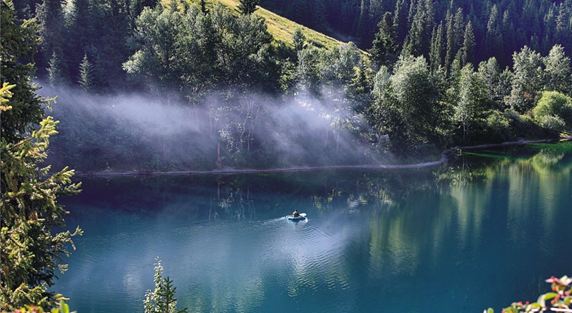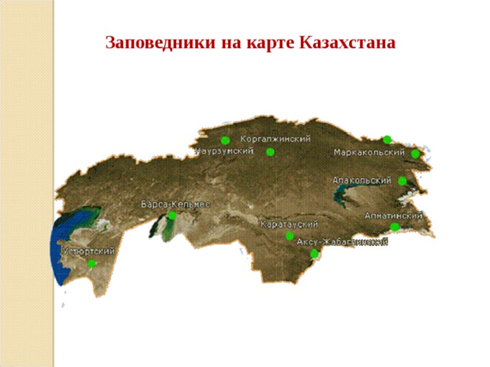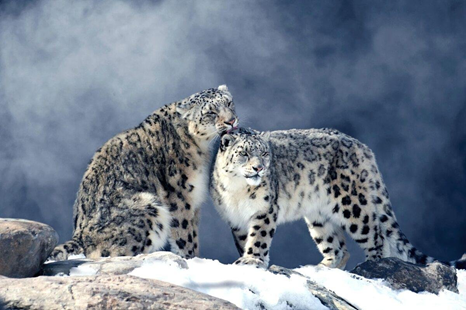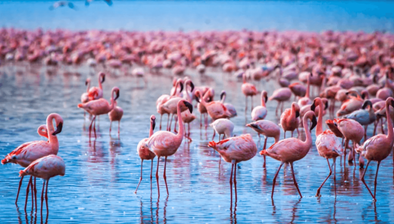Kazakhstan's nature reserves play an important role in the development of tourism in the country, attracting travelers with their unique nature and rich ecosystem. Using information from official sources, we have identified the role of nature reserves in Kazakhstan tourism and their features:

1. Biodiversity and unique landscapes. Our country has a variety of climatic zones and natural conditions. Nature reserves offer a variety of landscapes — from mountain peaks and forests to steppes and lakes. Tourists appreciate the opportunity to dive into natural corners preserved in their original form.
2. Ecological tourism. Nature reserves are becoming centers of eco-tourism, where visitors can enjoy the beauty of nature, explore local ecosystems and participate in environmentally oriented activities. This promotes awareness of nature conservation.
3. Scientific and educational programs. Many nature reserves provide scientific and educational programs where tourists can gain unique knowledge about flora and fauna, protected species, as well as participate in scientific expeditions.
4. Environmental sustainability and responsible tourism:An important aspect of the development of tourism in nature reserves is the support of environmental sustainability. The implementation of the principles of responsible tourism helps to minimize the impact of tourism activities on natural resources.
5. Infrastructure development. To attract tourists to nature reserves, it is important to develop tourist infrastructure such as trails, observation platforms, information centers and hotels. This creates comfortable conditions for visitors and all the necessary infrastructure facilities are present in local reserves.
6. Preservation of cultural heritage. Along with nature, many nature reserves preserve the cultural heritage associated with the traditional way of life of the peoples of Kazakhstan. Tourists can immerse themselves in an authentic experience by learning about traditional pursuits, crafts and customs.
7. Economic effect. The development of tourism in the reserves contributes to the creation of new jobs and the development of the local economy. This is especially important for remote regions where tourism can become a key industry.
8. Protection of nature and biodiversity. Travelers visiting nature reserves are more likely to become supporters of nature conservation. Such public interest can contribute to additional efforts to preserve biodiversity and natural ecosystems.
The combination of these factors makes nature reserves an important element in the development of sustainable and responsible tourism in Kazakhstan.
The Aksu-Jabagli Reserve is considered to be the very first reserve in the Republic of Kazakhstan, it was established in 1926, and the last Karatau Reserve — in 2004. Protected areas cover steppes, deserts, mountains, lakes, rivers, and forests. The total area of the protected areas is more than 1 million 600 thousand hectares. On the map of Kazakhstan, you can see the location of protected areas and the areas covered by them.

Currently, there are 10 nature reserves in Kazakhstan:
• Aksu-Dzhabaglinsky;
• Almaty;
• Alakolsky;
• Barsakelmessky;
• West Altai;
• Karatausky;
• Kurgaldzhinsky;
• Markakolsky;
• Naurzumsky;
• Ustyurt.
Thousands of plant species are protected in each of the above-mentioned reserves, such as: Siberian larch, Shrenka spruce, fir, oriental juniper, steppe almond, nut-bearing lotus, mountain flower, etc.

Among the rare representatives of the fauna to be protected are the Tien Shan brown bear, snow leopard, Turkestan lynx, argali, golden eagle, saker falcon, Ustyurt mouflon, snake, kulan, caracal, gazelle, saiga, korsak, wolf and others.

Animals listed in the Red Book (for example, a gray monitor lizard) live on the territory of Kazakhstan reserves. Protected bird species are pink flamingos, curly pelican, sibilant swan, egret, etc.
Depending on the status of the site, strict restrictions apply: a ban on hunting, fishing, parking of boats, boats and other means.
We will tell readers about each of the reserves in separate materials.




